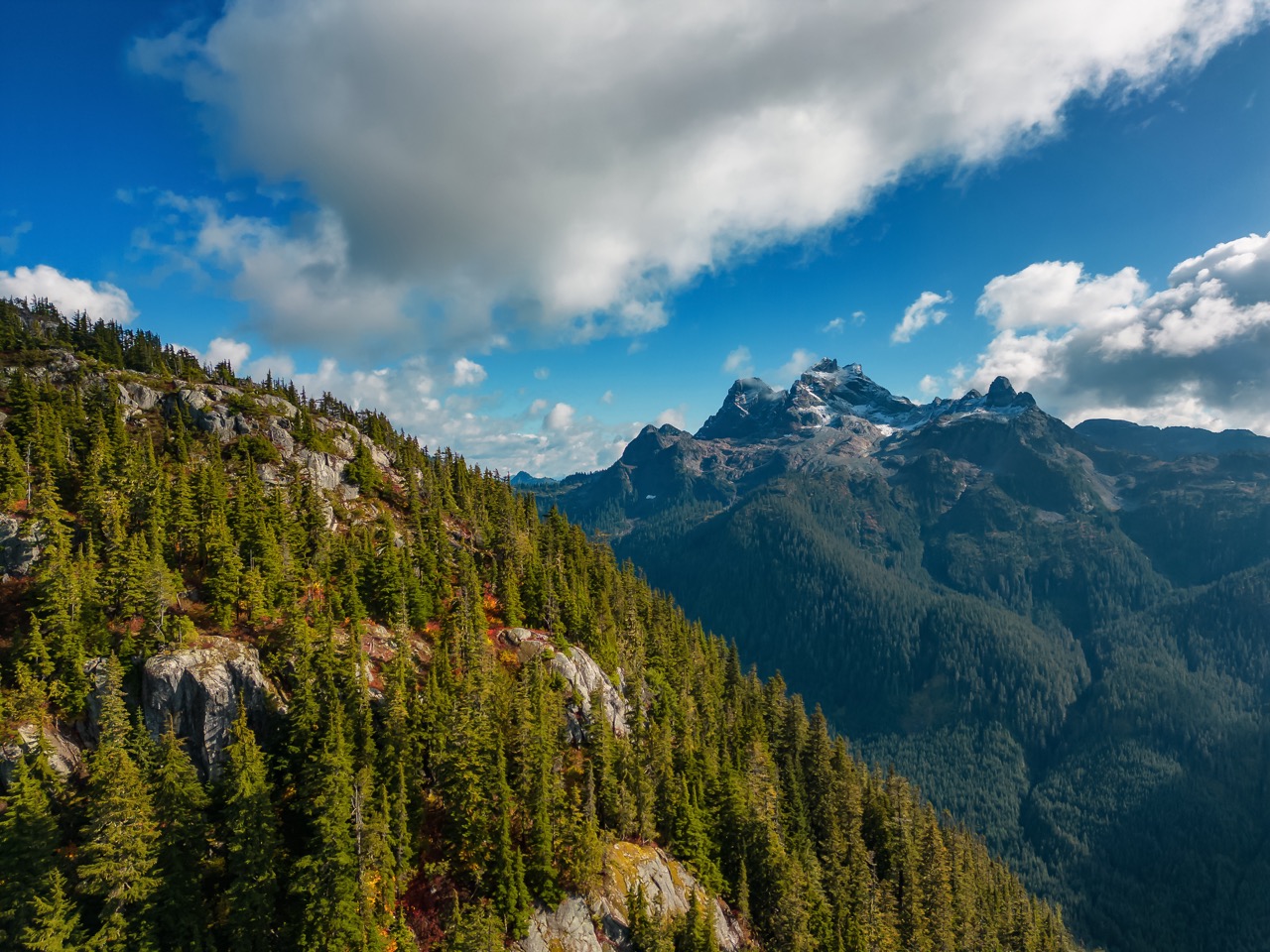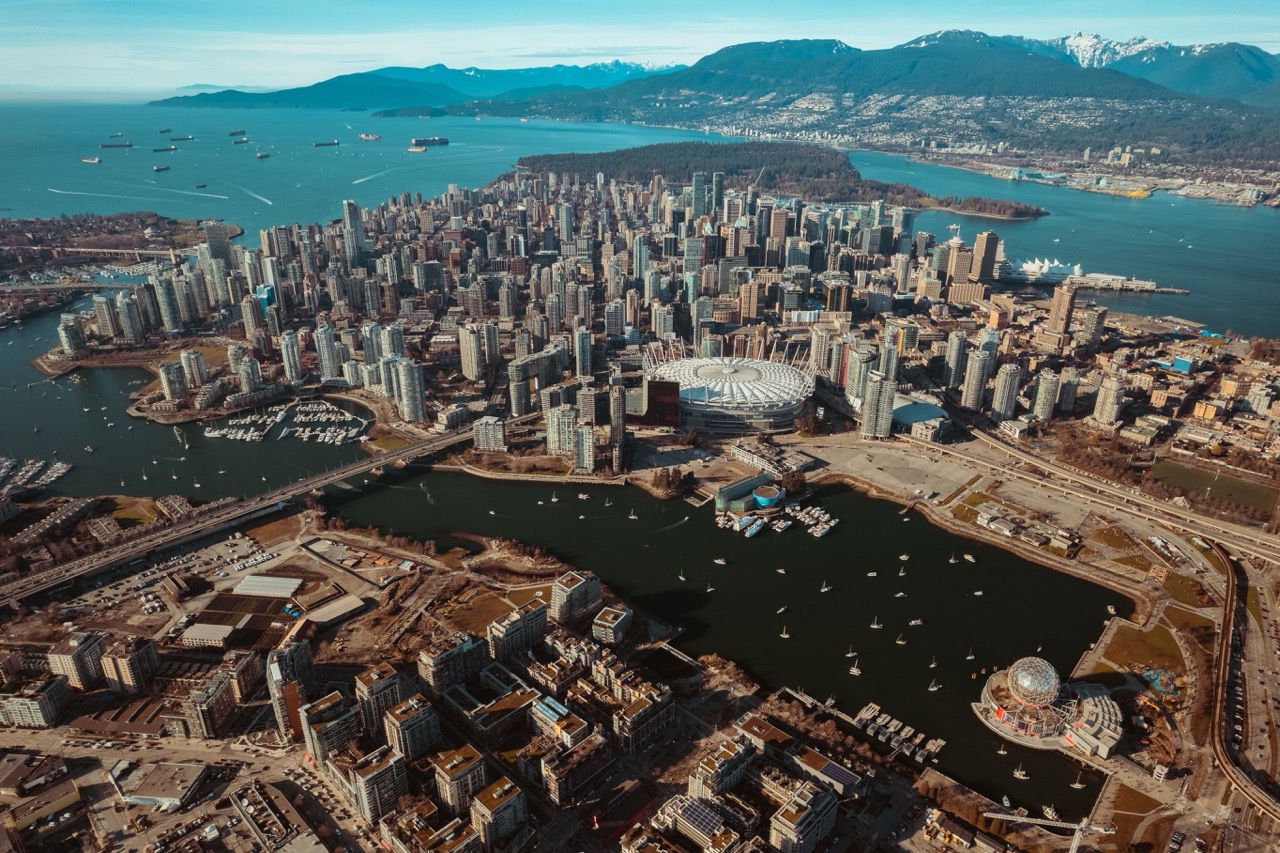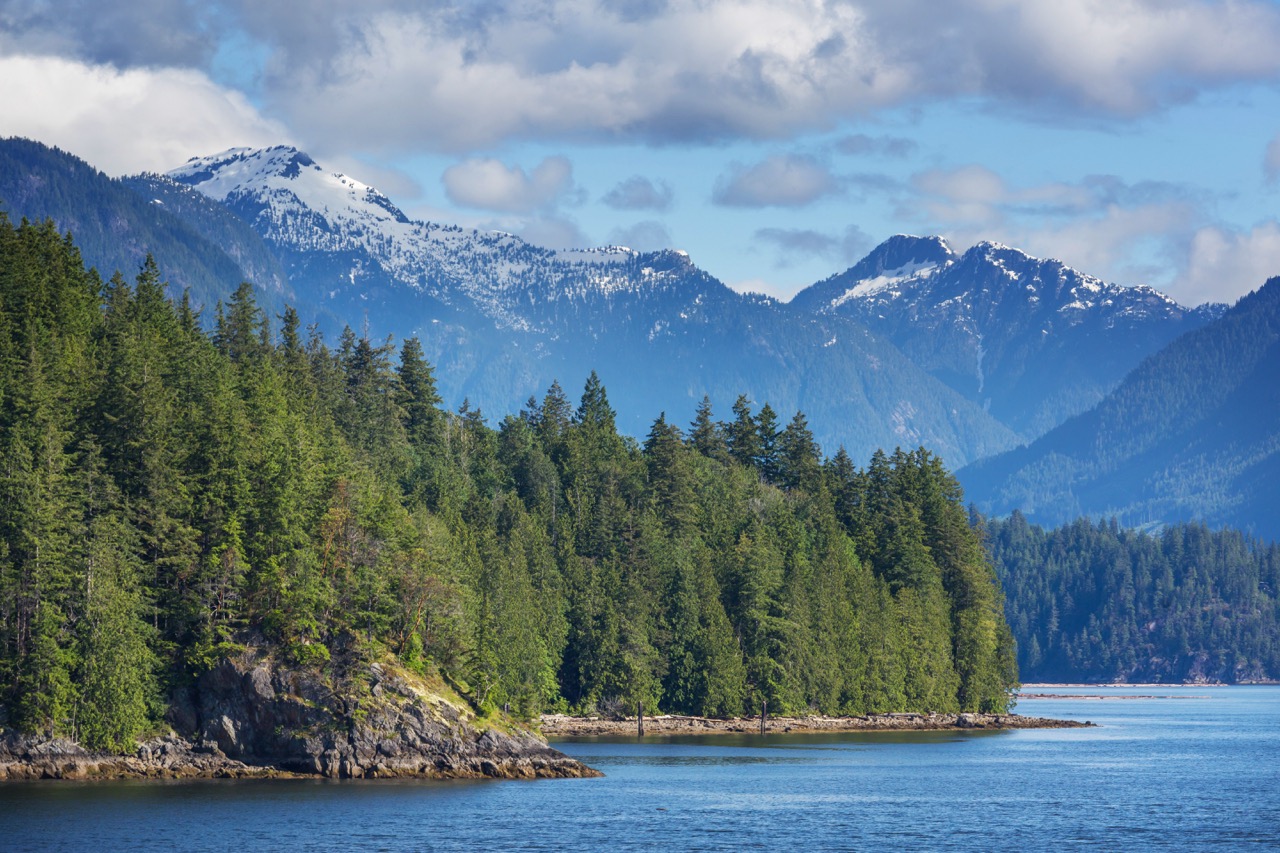Salmon holds a deeply entrenched significance in British Columbia (BC), not just as a staple food source but as a vital component of the province’s ecosystem, culture, and economy. With its diverse species migrating through the pristine rivers and coastal waters of BC, salmon represents a connection between the natural world and the communities it supports. Understanding the multifaceted roles of salmon reveals how essential it is to both the environment and the cultural identity of the region.
Understanding Salmon’s Role in British Columbia’s Ecosystem
The salmon lifecycle is intricately tied to the health of British Columbia’s ecosystem. As anadromous fish, salmon hatch in freshwaters, migrate to the ocean, and return to spawn, contributing to vital nutrient cycling in both environments. This migration not only supports the salmon population but also nourishes numerous terrestrial and aquatic species, from bears and eagles to streamside vegetation. The presence of salmon in rivers and streams stimulates biodiversity and sustains various food webs, highlighting its role as a keystone species.
Moreover, salmon influence water quality and habitat structure. Their spawning activities aerate riverbeds and promote sediment transport, which shapes the physical characteristics of aquatic habitats. The decay of salmon carcasses after spawning enriches the nutrient profile of the surrounding ecosystem, benefiting both flora and fauna. As such, the decline of salmon populations can have cascading effects on the ecological balance, threatening other species and altering habitats.
The importance of salmon extends beyond ecological dynamics; it also signifies a broader indicator of environmental health. Salmon populations are sensitive to changes in water quality, temperature, and habitat availability. Therefore, studying salmon can provide valuable insights into the overall state of BC’s ecosystems, serving as a bellwether for the impacts of climate change and human activity on the environment.
Historical Perspectives: Salmon in Indigenous Cultures
For Indigenous cultures in British Columbia, salmon is far more than just a food source; it is a cornerstone of cultural identity and spiritual beliefs. The relationship between Indigenous peoples and salmon predates colonial contact, with salmon forming the basis of traditional diets and community rituals. Many Indigenous groups view salmon as a sacred resource, intertwined with their creation stories and cultural practices. The seasonal return of salmon signifies renewal and is celebrated through ceremonies and festivals that honor the fish and its role in sustaining life.
Historically, Indigenous fishing practices demonstrate a sophisticated understanding of sustainable management. For thousands of years, Indigenous peoples utilized diverse techniques to catch salmon, such as smoke-drying and fish-weir construction. These methods not only minimized waste but also ensured that salmon populations were preserved for future generations. The deep-rooted knowledge of salmon ecology, passed down through generations, reflects a profound respect for the natural world that continues to inform Indigenous resource management today.
In contemporary society, Indigenous voices advocate for the recognition of their cultural and historical ties to salmon. This reclamation of traditional practices and rights has sparked important dialogues about stewardship and environmental justice. By asserting their inherent rights to fish and manage salmon resources, Indigenous communities challenge colonial narratives that have historically marginalized their contributions and knowledge systems.
Economic Impact: Salmon Fisheries and Local Communities
The salmon fishing industry is a cornerstone of British Columbia’s economy, contributing billions of dollars annually and providing thousands of jobs for local residents. Commercial fishing, aquaculture, and recreational fishing all play significant roles in this industry, creating a complex web of economic activity that supports coastal communities. The economic reliance on salmon is particularly pronounced in rural areas, where fishing serves as a primary livelihood and cultural practice.
Salmon fisheries not only support direct jobs but also contribute to related sectors, such as processing, marketing, and tourism. Eco-tourism, which often centers around salmon viewing and fishing experiences, has gained traction as a way to appreciate BC’s natural beauty while supporting local economies. In this context, salmon acts as a cultural ambassador, attracting visitors eager to engage with the region’s rich maritime heritage.
However, the economic benefits derived from salmon are not without challenges. Overfishing, habitat degradation, and competition from aquaculture have led to declines in wild salmon populations, prompting concerns about the sustainability of the industry. Local communities are increasingly navigating the balance between economic needs and the health of salmon populations, leading to innovative approaches to resource management that prioritize sustainability alongside economic growth.
Culinary Traditions: Salmon in British Columbia’s Cuisine
Salmon is a culinary cornerstone in British Columbia, celebrated for its rich flavor and versatility. The province boasts a diverse array of salmon species, including sockeye, chinook, and coho, each contributing unique tastes and textures to the local cuisine. From traditional Indigenous preparations, such as smoking and curing, to contemporary dishes in restaurants, salmon is a ubiquitous presence on BC menus, showcasing the region’s culinary heritage.
The cultural significance of salmon extends into the farm-to-table movement, where local chefs emphasize the importance of sourcing sustainable seafood. Many restaurants in BC prioritize wild-caught salmon from responsible fisheries, reflecting a commitment to environmental stewardship and supporting local fishers. This trend highlights a growing awareness of the ecological impact of food choices, as consumers seek to foster connections between their meals and the ecosystems from which they originate.
Culinary festivals and events celebrating salmon further underscore its importance in BC’s gastronomy. Events such as the Salmon Festival in Steveston and the Salmon Arm Roots and Blues Festival not only promote local dishes but also serve as platforms for education and advocacy regarding sustainable fishing practices. Through these culinary traditions, salmon embodies a rich tapestry of flavors and cultural stories, uniting diverse communities around a shared appreciation for this iconic fish.
Conservation Efforts: Protecting Salmon Populations Today
With the decline of salmon populations posing a significant threat to both ecosystems and economies, conservation efforts in British Columbia have become increasingly vital. Numerous organizations and government bodies are implementing strategies aimed at restoring salmon habitats, enhancing water quality, and addressing the impacts of climate change. These efforts rely on collaboration between stakeholders, including Indigenous communities, environmental groups, and the fishing industry, to create comprehensive management plans.
Habitat restoration projects have gained traction, focusing on rehabilitating degraded river systems and restoring access to spawning grounds. Initiatives such as removing barriers to fish passage and replanting riparian vegetation are essential to improving the health of salmon habitats. Additionally, research on the effects of climate change and pollution is crucial for understanding the challenges salmon face and developing effective conservation strategies.
Public awareness and community engagement are also integral to successful conservation efforts. Educational programs aimed at informing residents about the importance of salmon and their ecosystems foster a sense of stewardship and responsibility towards preserving these vital resources. By rallying support for conservation initiatives, communities can work collectively to ensure that future generations inherit a thriving salmon population and a balanced ecosystem.
Future Challenges: Balancing Culture and Environmental Needs
As British Columbia navigates the complex interplay between cultural traditions and environmental needs, several challenges loom on the horizon. The increasing pressures of climate change, habitat loss, and industrial development threaten to undermine both the salmon populations and the cultural practices intertwined with them. For Indigenous communities, the fight for salmon resources often reflects broader struggles for rights, recognition, and self-determination, complicating the path forward.
Balancing the demands of a growing economy with the imperative of ecological preservation presents a significant challenge. As commercial and recreational interests compete for salmon resources, conflicts can arise, highlighting the need for inclusive dialogues that consider diverse perspectives. Sustainable fishing practices and innovative regulatory frameworks can help mediate these tensions, but the success of such measures relies heavily on collaboration among all stakeholders.
Looking ahead, education and advocacy will be key in fostering a renewed commitment to salmon conservation. Raising awareness about the interconnectedness of culture, economy, and ecology can empower communities to take action in preserving this vital resource. By prioritizing sustainable practices and honoring the rich cultural heritage surrounding salmon, British Columbia can ensure that this iconic fish continues to thrive for generations to come.
The cultural significance of salmon in British Columbia is a testament to the intricate relationship between nature and humanity. As a keystone species, salmon plays a pivotal role in the ecosystem, while also serving as a vital source of sustenance, economic support, and cultural identity for many communities. Through ongoing conservation efforts and a commitment to sustainable practices, there is hope for the future of salmon in BC. Balancing the diverse needs of cultural traditions, economic viability, and environmental health will be crucial in securing the legacy of this iconic fish for years to come.





